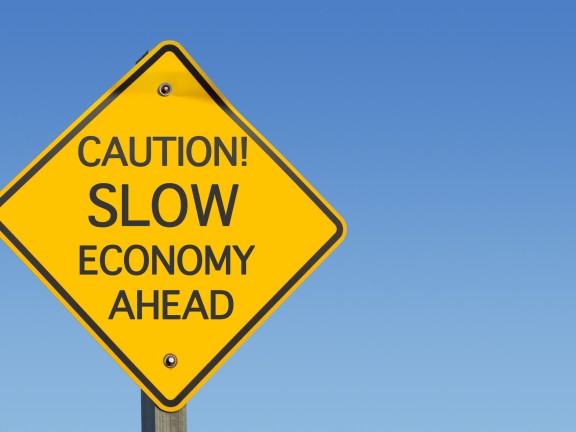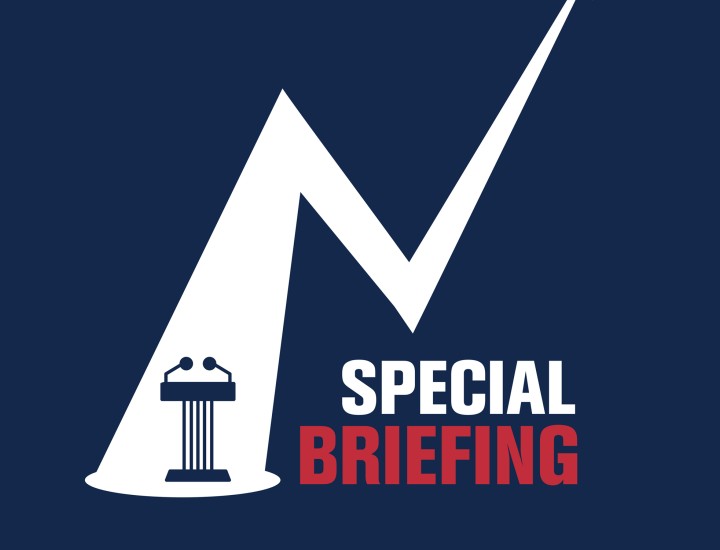Creating a Fiscal Umbrella

[This article was originally published in PA Times. The views expressed are those of the author and do not necessarily reflect the views of ASPA as an organization.]
The recession-prediction industry has been booming. Some experts see a steep downturn as starting any day now. Others predict it as in the far more distant future. One thing is clear though, based on the history of America’s post World War II economy: When it comes to the next recession, it’s not a matter of if but when.
There are a number of measures states may be able to take to prepare for the day when revenues decline and citizens resist raising taxes or cutting services (which tend to become more expensive in hard times, as there’s greater demand for services and benefits, notably Medicaid).
First and foremost of these prophylactic measures is the accumulation of reserves that can be shifted into the general fund to pay bills in hard times. The most popular of these reserves are dubbed, “Rainy day funds,” and totaled an estimated $68.2 billion in 2019 across the fifty states according to the National Association of State Budget Officers most recent Fiscal Survey of the States.
In early June, the Volcker Alliance published a working paper titled "Rainy Day Fund Strategies: A Call to Action." We were principal authors, and the bulk of the research was based on the previous Volcker Alliance Paper, Truth and Integrity in State Budgeting, Preventing the Next Fiscal Crisis.
Based on deep research into each of the fifty states, the cornerstone of Volcker’s rainy day fund report was a series of action points; recommendations to the states for building a sustainable, useful rainy day fund.
The two foremost of these were to establish clear statutory rules governing when states are allowed to withdraw the dollars in the fund as well as when they are supposed to make deposits into their funds.
As the report explains, the former category is intended to avoid, “Giving a governor or legislature discretionary power to tap rainy day funds,” whenever they please, which can open the door for reserve cash to be used to suit political, as opposed to fiscal, needs.
For example, “Indiana statutes permit transfers from its Counter-Cyclical Revenue and Economic Stabilization Fund to the general fund only when revenues have decreased by more than 2 percent from one fiscal year to the next.”
The latter action point, addressing the replenishment of rainy day funds, is intended, “To help extend the life of reserves,” the report states, explaining that, “A predetermined replenishment schedule assures that money will be in the fund when it is next needed.”
Perhaps the most important take-away from the report focuses on forming a connection between the target for the amount to be set aside and the volatility of individual state revenues. This is far more sensible than having a rule-of-thumb number, as had been the case for many years, when many states simply made five percent of general fund spending their goal.
Despite the common sense nature of this practice, only 20 of the states use measures of volatility in their rules for rainy day funding. The most recent of these was Connecticut, which introduced volatility into its rainy day fund statutes, with legislature passed in 2017.
As the report indicates:
“What made Connecticut change the policy was the realization that its income had fluctuated dramatically because of its dependence on capital gains taxes paid by hedge fund managers and others in the state’s large financial services industry. Its progressive income tax for individuals, with rates of 3 percent to 6.99 percent, exacerbated the volatility: Good years on Wall Street would yield bonanzas for tax collectors, while bear markets left the state short.”
Under the 2017 statute, Connecticut now restricts the amount of personal income tax collections that can be used to balance the budget to an amount that increases over time. The cap was set at $3.1 billion for 2019 and for the 2020 budget it rose to $3.3 billion. What happens when personal income taxes exceed the cap? The surplus over the so-called volatility cap is moved to the state’s Budget Reserve Fund.
Over the course of the last years, states have been increasing the amounts in their rainy day funds on a steady basis. It’s been easier to accumulate money in this way as state revenues have been on an almost universally upward climb. But, only time will tell, when a recession actually hits, as to how well the states have done in preparing themselves to remain fiscally stable, until the economy turns upward, yet again.
Authors:
Katherine Barrett and Richard Greene
Senior Advisors, Government Finance Research Center
Special Project Consultants, Volcker Alliance

